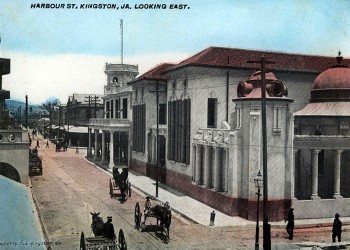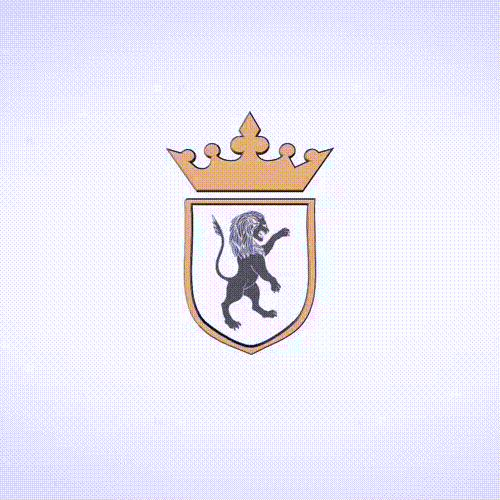838
Kingston was called Cyninges tun in 838.
1086
Kingston was called Chingestune in 1086.
1164
Kingston was called Kingestone in 1164.
1321
Kingston was called Kyngestone super Tamisiam in 1321.
1476 – 14 September 1540
It belonged to the king in Saxon times and was the earliest. Sir William Kingston KG, MP (c. 1476 – 14 September 1540) was an English courtier, soldier and administrator. He was the Constable of the Tower of London during much of the reign of Henry VIII. Among the notable prisoners he was responsible for were Queen Anne Boleyn, and the men accused of adultery with her.
1509
Sir William Kingston KG was of a Gloucestershire family, settled at Painswick. William appears to have been a yeoman of the guard before June 1509.
1512
In 1512 Sir William Kingston was an under-marshal in the army; went to the Spanish coast; was with Doctor William Knight in October of that year at San Sebastián, and discussed with him the course to be pursued with the disheartened English forces who had come to Spain under Thomas Grey, 2nd Marquess of Dorset.
1513
Sir William fought at the battle of Flodden, was knighted in 1513, became sewer to the king.
1514-15
Sir William was appointed High Sheriff of Gloucestershire for 1514-15.
1521
later in (1521) Sir William was carver.
1529 and 1539
Sir William Kingston KG was MP for Gloucestershire in 1529 and 1539.
1589
Kingston was called Kingestowne upon Thames in 1589. The name means ‘the king’s manor or estate’ from the Old English words cyning and tun.
1730
Outside one of Kingston’s most notable buildings, The Guildhall, is a large stone surrounded by blue railings. This is Kingston’s celebrated Coronation Stone – the King’s Stone – possibly linked to the coronation of at least seven Anglo Saxon kings. The stone is known to have been positioned in the Saxon chapel of St. Mary
1835
Kingston upon Thames, also known as Kingston, is the principal settlement of the Royal Borough of Kingston upon Thames in southwest London. It was the ancient market town where Saxon kings were crowned.Kingston was part of large ancient parish in the country of Surrey and the town was an ancient borough, reformed in 1835.
1893
It has been the location of Surrey Country Hall from 1893
1935
Coronation Stone – the King’s Stone also spent time down by the river and in the porch of Kingston grammar School. After various other locations, it was placed outside the present Guildhall which was built in 1935. It is soon to be relocated closer to its former home of St. Mary’s chapel in the grounds of All Saints church.
1965
extraterritoriality in terms of local government administration since Kingston became part of Greater London in 1965.
20th century
For much of the 20th century, Kingston was a major military aircraft manufacturing center specializing in fighter aircraft. The growth and development of Kingston Polytechnic and its transformation into Kingston University has made Kingston a university town.





